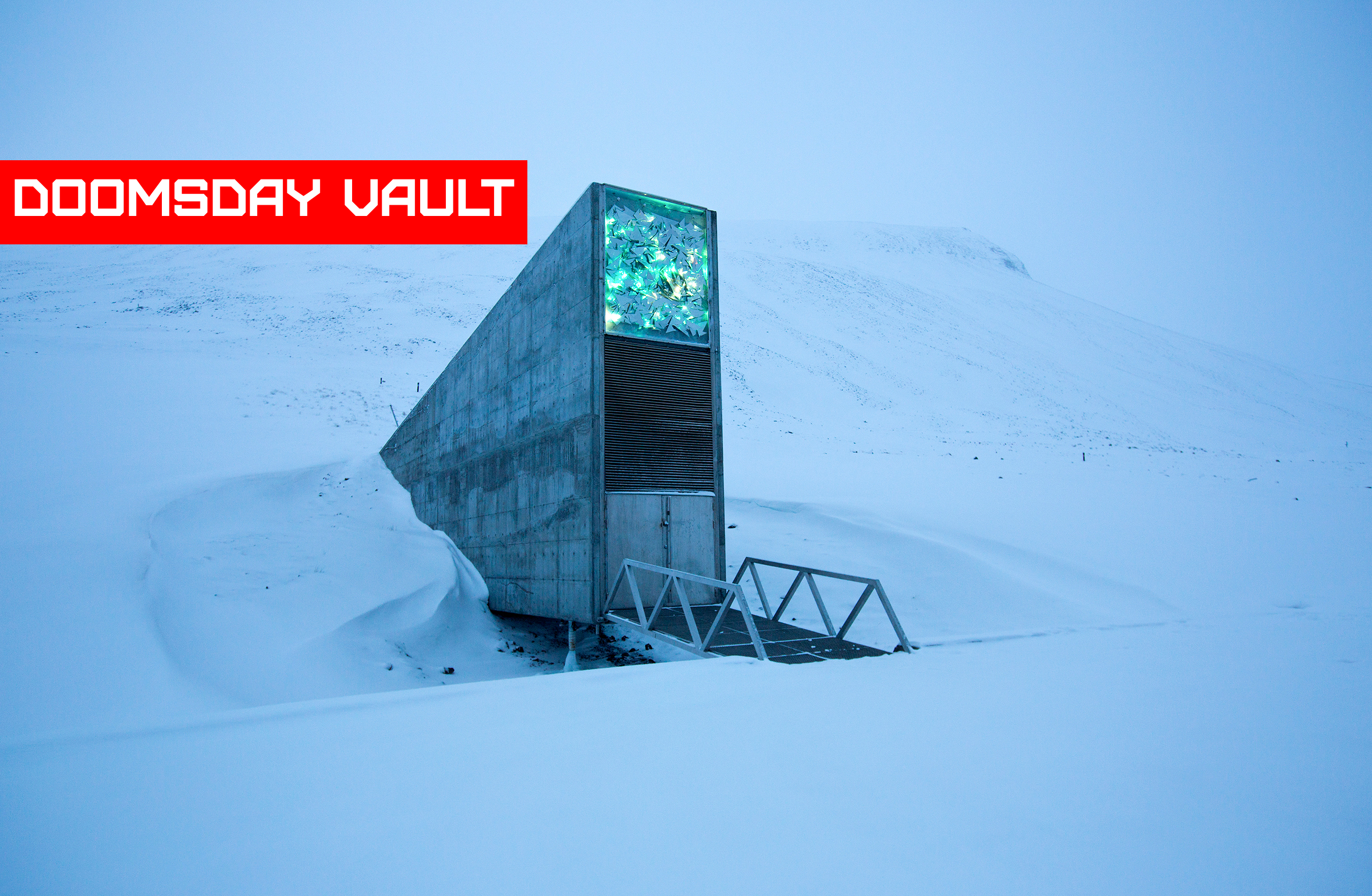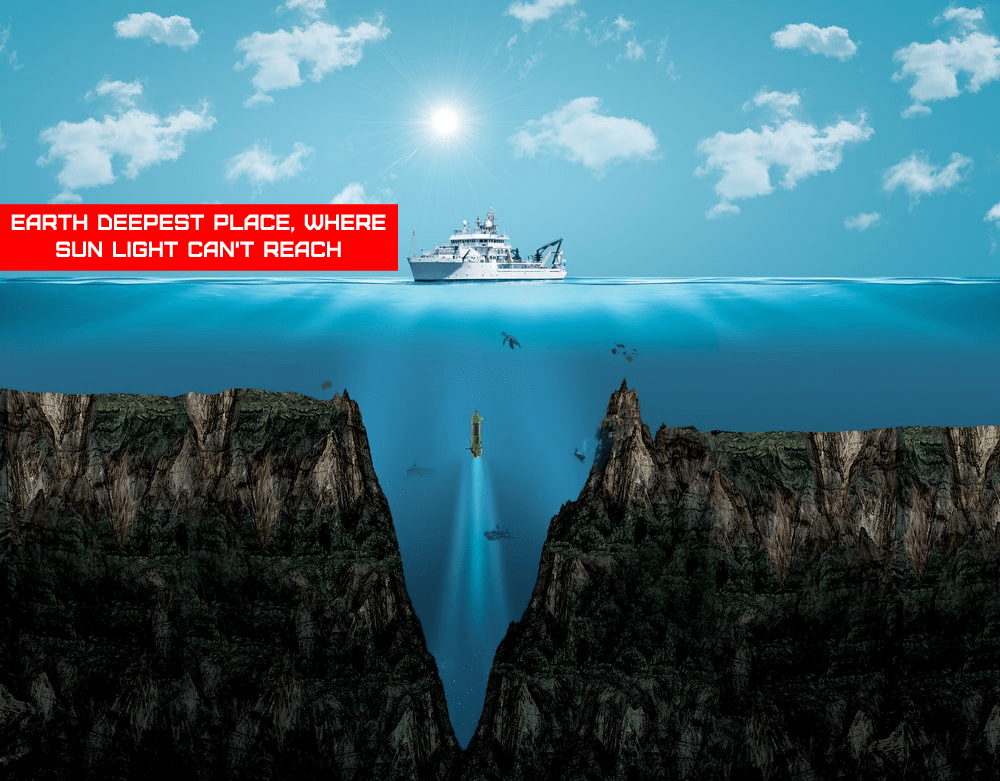Sun Yat-sen, the temporary first president of the Republic of China, proposed the Three Gorges Dam across the Yangtze River in Hubei province in 1919 as a method to manage Yangtze River floods. It was also supposed to represent China’s power. Aside from the fact that the dam took decades to build, what is most notable is that the barrier delayed the earth’s rotation.
History of Three Gorges Dam
The Three Gorges Dam idea was initially examined by Chinese Nationalist Party officials in the 1920s and was given new momentum in 1953 when Chinese leader Mao Zedong ordered feasibility studies on a range of sites.
The comprehensive planning for the project began in 1955. Premier Li Peng, who had studied engineering, was finally able to persuade the National People’s Congress to endorse the dam decision in 1992, despite over a third of its members abstaining or voting against the project—an unusual show of dissent from a generally acquiescent legislature.
President Jiang Zemin did not attend the dam’s ceremonial opening in 1994, and the World Bank declined to lend China money to help with the project, citing major environmental and other issues.
The main wall of the dam was completed in 2006. The remaining dam generators were operational by mid-2012, and a ship lift, which allowed vessels weighing up to 3,000 tonnes to bypass the five-tier ship locks and go through the dam more quickly, was completed in late 2015 and formally commenced operating in 2016.

Three Massive Dam Physical Dimensions
Structure: The Three Gorges Dam is a 2,335-meter (7,660-foot) long and 185-meter-high straight-crested concrete gravity structure (607 feet). Its design calls for 28 million cubic metres of concrete (37 million cubic yards) and 463,000 metric tonnes of steel. The dam, which submerged significant portions of the Qutang, Wu, and Xiling gorges for 600 kilometers (375 miles) upstream, has created a vast deep-water reservoir that allows oceangoing freighters to cruise 2,250 km (1,400 miles) inland from Shanghai on the East China Sea to Chongqing.
Three gorges Dam Capacity: The dam’s construction can hold 39 trillion kilogrammes of water, with the river rising 175 metres above sea level (10 trillion gallons of water).
Three Gorges Dam Has Costly: The Three Gorges Dam is not inexpensive. Estimates for the final cost of the dam have fluctuated from $25 billion to $37 billion, according to various estimates.
The Chinese parliament even objected to the project because of the high expense, as well as the loss of 140 towns, 13 cities, and 1,600 villages (historic sites) when the dam was built.
How Much Time Taken to Complete Three Gorges Dam?
The Three Gorges Dam was built in phases and took 17 years to complete. The dam now has a maximum electrical capacity of 18,300MW, which is generated by 32 generators that employ high-pressure water to spin massive turbines at 75 revolutions per minute. This powers an electromagnetic generator, which turns the kinetic energy of the water into electricity.
The Three Gorges project also intends to improve access to China’s interior. The dam’s hydraulic ship lift, which can raise boats 371 feet to sail over the barrier, was formally inaugurated in late 2016. The system employs reinforced concrete, wires, and counterweights to allow ships weighing up to 3,000 tonnes to pass. The former set of locks took three to four hours to cross the dam, whereas the current way takes only 40 minutes.

Main Purpose of Three Gorges Dam
Though the Three Gorges Dam receives more negative attention, there have been some apparent beneficial outcomes from its use.
The Three Gorges Dam was intended to serve three key purposes.
- Flood Control
- Hydroelectric Power Production
- Navigation Improvement
Flooding
For many years, the Yangtze River’s frequent flooding has been a major source of concern for people affected by the natural disaster. The Yangtze River is Asia’s third-longest river, running 6,357 kilometres.
During the flood season, the Three Gorges Dam helps hold the river at bay, safeguarding millions of homes and lives downstream as well as major cities such as Wuhan, Nanjing, and Shanghai.
The dam’s reservoir encompasses 405 square miles.
Hydroelectric Power Production
With a capacity of 22,500 MW, the Three Gorges Dam generates 11 times the electricity of the equally massive Hoover Dam.
The quantity of electricity generated is so large that it is estimated that the Three Gorges Dam could power the whole country of China.
Navigation
The five-tier ship locks at both ends of the complex, which enable boats of up to 10,000 tonnes to pass through the dam, and a ship lift, which allows vessels of up to 3,000 tonnes to bypass the ship locks and transit through the dam more quickly, make it simpler to navigate the dam and reservoir. When it was finished in late 2015, the lift was 120 metres (394 feet) long, 18 metres (59 feet) wide, and 3.5 metres (11 feet) deep, making it the world’s biggest ship lift.
Negative Impacts of Three Gorges Dam
1.Power Starved
The hydro project requires massive infrastructure to generate all of the electricity. Using 34 huge generators, the Three Gorges Dam delivers electricity to millions of people.
In summary, that would be equivalent to a power plant consuming 25 million tonnes of crude oil or 50 million tonnes of coal.
2.Water Pollution
The amount of environmental harm caused by the Three Gorges Dam is one of the most contentious issues surrounding it.
According to estimates, 70 percent of China’s freshwater is contaminated, and the dam might exacerbate the problem. The dam is built on top of decommissioned garbage facilities and a mining activity. Not to add that each year, 265 million gallons of untreated sewage are dumped into the Yangtze River.
3.Massive Movement of People
1.2 million people were forced to migrate and find new homes while the project was built.
Currently, the Chinese government is still moving people out of the area, and hundreds of thousands more are anticipated to leave in the future years.
4.Negative Environmental Impact
There are 6,400 plant species, 3,400 insect species, 300 fish species, and over 500 terrestrial animal species in the region surrounding the Three Gorges Dam.
The dam has had an impact not just on these animals but also on the ecosystem in which they dwell.
The reservoir’s degradation has produced landslides and has put one of the world’s greatest fisheries in the East China Sea in jeopardy. The dam is so large that it has created a microclimate that endangers the ecosystem in the area.
Slow The Earth Rotation
A shift in that mass would alter Earth’s rotation owing to a phenomenon known as the moment of inertia, which is the inertia of a rigid rotating body with regard to its rotation. An object’s moment of inertia about a particular axis explains how difficult it is to modify its angular motion about that axis. The greater the mass’s distance from its axis of rotation, the slower it spins. You may not realise it, yet you see examples of this all the time.
A figure skater, for example, aiming to spin faster will bring her arms tight to her bodies, reducing her moment of inertia. Similarly, a diver seeking to perform a quicker somersault may tuck his body.
Raising 39 trillion pounds of water 175 metres above sea level increases the moment of inertia of the Earth, slowing its rotation. However, the impact would be negligible. NASA scientists determined that such a mass shift would only add 0.06 microseconds to the length of the day and make the Earth only slightly more spherical in the middle and flat on top. It would move the pole by around two millimetres (0.8 inch).

It should be noted that a change in the mass of any object on Earth relative to its axis of rotation would affect its moment of inertia, albeit most adjustments are too slight to be detected (but they can be calculated).










